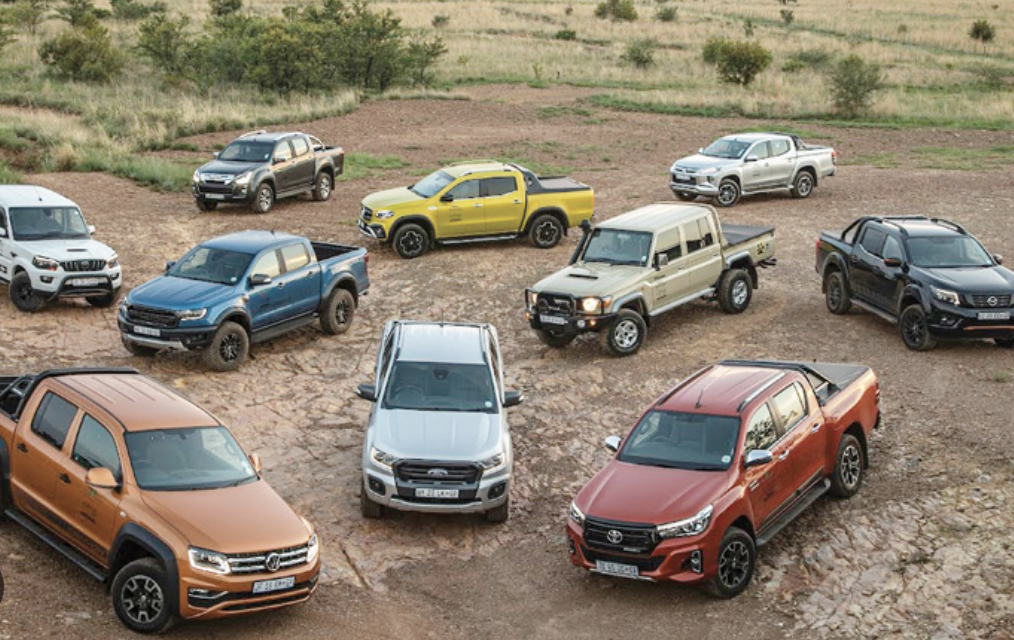
Buying a vehicle in Namibia isn’t just about the sticker price. Once you leave the tar and spend hours on gravel, fuel economy becomes one of the biggest ongoing costs. Many buyers wrestle with the question: is a smaller hatchback more fuel-efficient, or does a bakkie make more sense in the long run? The answer depends on where and how you drive. Let’s unpack the realities.
The Namibian Driving Context
Namibia’s road network is a unique mix of well-maintained tar highways, endless gravel roads, and the occasional deep sand track. While hatchbacks dominate in Windhoek and Swakopmund, bakkies are the default choice in rural and off-road settings. Fuel consumption figures advertised in brochures often don’t tell the full story—especially once you add washboard gravel, corrugations, and heavy loads.
Hatchbacks: Light, Nippy, and City-Friendly
Hatchbacks like the VW Polo Vivo, Toyota Starlet, or Ford Figo are among the most common second-hand cars in Namibia. On tarred roads, these cars can achieve an impressive 5–6 litres per 100 km (16–18 km per litre). For daily commuting and short coastal trips, that’s unbeatable.
On gravel, though, the efficiency gap shrinks. Rough surfaces force drivers to lower tyre pressure, keep revs higher, and often slow down for control. A hatchback that normally gets 16 km/l might drop to 12–13 km/l on gravel. Add in full passenger loads or a boot packed for a weekend trip, and consumption can rise further.
Still, for those who drive mainly in towns or stick to regional tar roads with the occasional gravel detour, hatchbacks remain the cheapest to run.
Bakkies: Built for Namibia’s Long Hauls
Double-cab bakkies like the Toyota Hilux, Ford Ranger, and Isuzu D-Max are fuelled by Namibia’s wide spaces. Their diesel engines are designed for torque and endurance, not city sprints. On paper, many modern turbodiesel bakkies average around 7–9 litres per 100 km (11–14 km per litre).
On gravel, bakkies often perform better than expected. Their suspension handles corrugations with ease, and because the engines operate at lower revs, they can sometimes be more stable in consumption than hatchbacks. A loaded Hilux cruising at 90 km/h on gravel may use only slightly more than on tar. That said, add roof racks, camping gear, or a trailer, and the figure can climb toward 12–14 litres per 100 km. Petrol bakkies are thirstier still.
Real-World Comparisons
-
City driving: Hatchbacks clearly win with 5–6 L/100 km versus 8–10 L/100 km for bakkies.
-
Open tar roads: Hatchbacks maintain 15–17 km/l, while diesels manage 11–13 km/l.
-
Gravel touring: Hatchbacks often drop to 12 km/l, bakkies average 10–12 km/l.
-
Heavy load/off-road: Hatchbacks struggle (consumption rises, wear increases), while bakkies remain steady though more expensive to fuel.
The difference on gravel isn’t as dramatic as many assume. A small hatchback will still save fuel overall, but not by the huge margin seen in city driving.
Other Factors That Impact Economy
-
Tyres: All-terrain tyres on bakkies add rolling resistance but protect against punctures. Hatchbacks with standard tyres may be more efficient but risk more flats.
-
Driving Style: Harsh acceleration and high speeds on gravel spike fuel consumption across the board.
-
Maintenance: Dirty air filters from dust reduce efficiency—especially in hatchbacks with smaller engines.
-
Route Choice: A hatchback forced to detour around rough roads can end up using more fuel and time.
So Which Should You Choose?
If your life is mostly urban, with only occasional gravel trips, a hatchback remains the most economical choice by far. Fuel savings over a year can be significant, especially with Namibia’s high fuel prices. But if your work, business, or lifestyle regularly takes you onto gravel, carrying loads, or heading into remote areas, a diesel bakkie is the smarter investment. Its consumption is relatively stable across surfaces, and its rugged build saves money in repairs that a hatchback would rack up.
For many Namibian households, the dream is to own both: a hatchback for the city and a bakkie for the bush. But if you must choose one, base it not only on fuel consumption but also on the type of driving you’ll do most often.
Conclusion
Fuel economy in Namibia is shaped as much by road conditions as by engine size. Hatchbacks shine on tar and in town, but their advantage narrows on gravel. Bakkies may drink more in the city, yet they hold their own when long gravel roads and heavy loads come into play. In short: your wallet will thank you for matching the right vehicle to your lifestyle.
